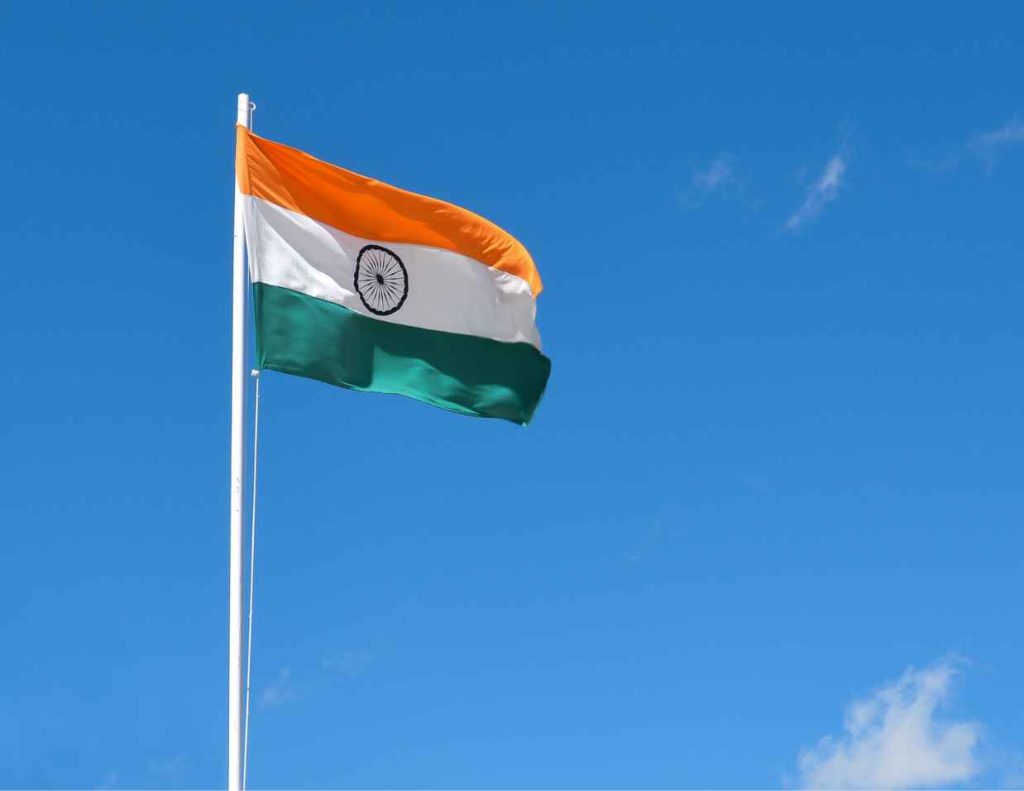Gita On The Battlefield Of Daily Life

The Bhagavad Gita, often called the Gita, is a 700-verse Hindu scripture part of the Indian epic Mahabharata. It comprises a conversation between Prince Arjuna and Lord Krishna, his charioteer. The Bhagavad Gita is renowned as one of the most significant texts in the history of literature, philosophy, and spirituality.
The Bhagavad Gita is indeed a unique scripture as it is set on the battlefield of Kurukshetra, just as a massive war is about to begin. The timing of Krishna’s teachings to Arjuna might seem unusual, but it serves significant metaphorical and philosophical purposes.
The Moment of Crisis
In moments of crisis, individuals are often more open to introspection, questioning, and profound change. It is precisely what happens with Arjuna on the battlefield of Kurukshetra. His crisis is not merely physical or moral but also deeply spiritual.
The imminent war forces Arjuna to face an intense inner conflict. He realizes the destructive consequences that the war will bring upon his family and society. This acute awareness of the conflict and confusion inside him makes him open to seeking answers and understanding his duty more profoundly.
Arjuna’s dilemma on the battlefield also represents a breakdown of his previous understandings and beliefs about duty and righteousness. Such a breakdown often prepares the ground for new learning and growth. The crisis on the battlefield ignites a deep yearning within Arjuna for higher knowledge and truth. He recognizes his limited understanding and seeks Krishna’s guidance to comprehend the larger cosmic order and his role in it. This yearning makes him an eager and receptive student.

His crisis leads to a moment of complete surrender to Krishna. Arjuna acknowledges Krishna’s superior wisdom and requests him to guide him from his moral confusion. This trust and surrender open him up completely to receive Krishna’s teachings.
Thus, the crisis catalyzes Arjuna’s spiritual awakening, making him more receptive to Krishna’s teachings. The Bhagavad Gita beautifully illustrates that we are often most ready for deep spiritual transformation in moments of profound crisis.
Dharma and Duty
The battlefield setting underscores the essential teaching of the Gita about the performance of one’s duty or dharma. As a Kshatriya warrior, Arjuna has a duty to fight for justice. His refusal to participate in the war would mean a dereliction of his dharma. Krishna emphasizes the importance of performing one’s duty without attachment to the results, which is the essence of Karma Yoga.
Impermanence of Life
The imminent war is a stark reminder of the transient nature of life and the eternal nature of the soul. Krishna uses this occasion to impart the wisdom that while bodies are perishable, the soul is immortal. The battlefield, therefore, becomes a platform for the discourse on life, death, and beyond.
Moral Choices
The battlefield is a metaphor for our moral choices and ethical dilemmas. The war between the Pandavas and the Kauravas symbolizes the eternal fight between good and evil, dharma and adharma. Krishna guides Arjuna to uphold dharma, affirming the importance of making morally sound decisions, even when they involve significant personal challenges.
In essence, the choice of the battlefield as the setting for the Bhagavad Gita reflects life itself – a continuous journey filled with trials and tribulations, where our duties, decisions, and actions define our destiny.
